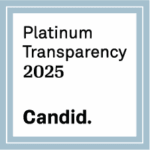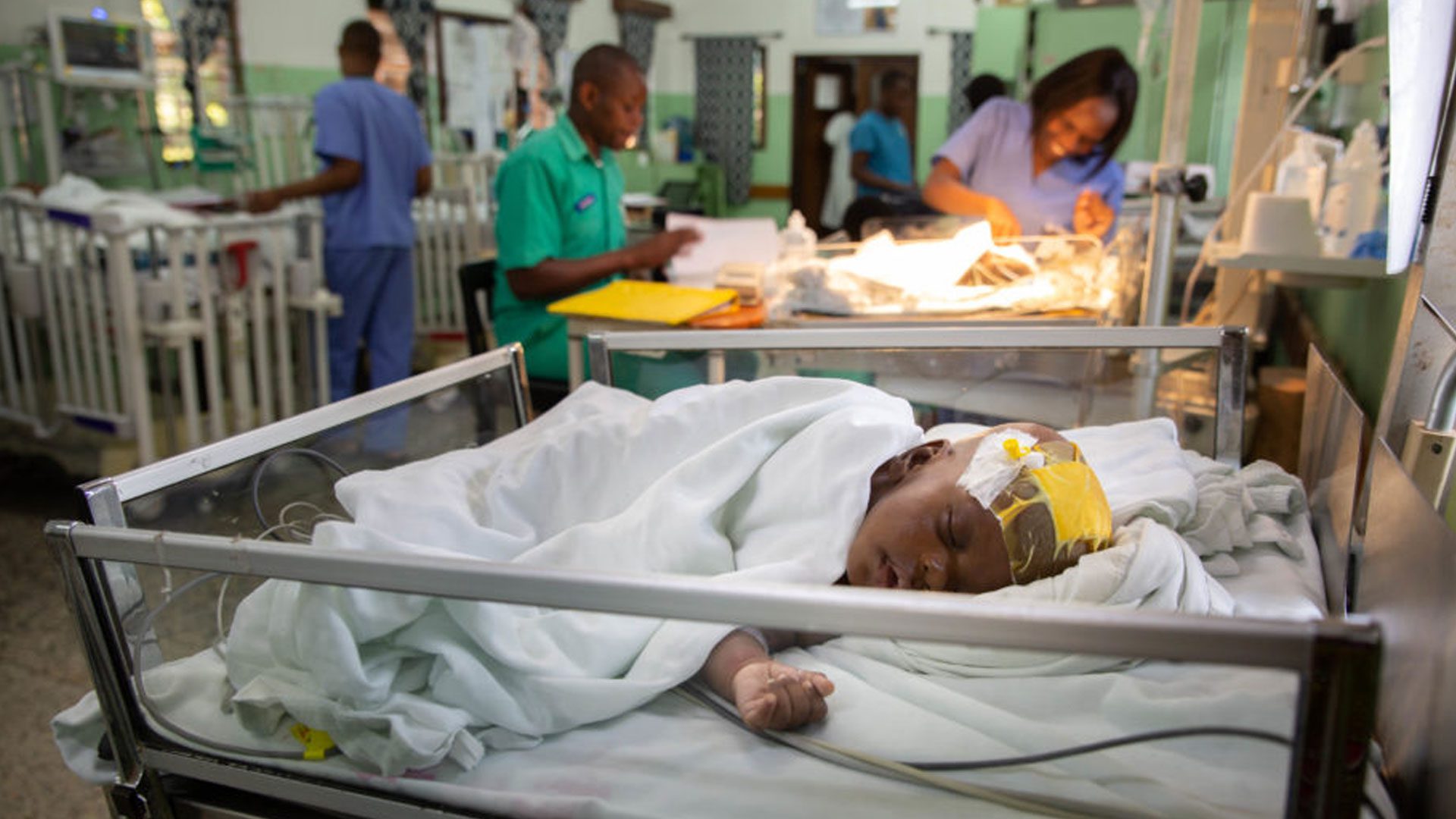Hydrocephalus associated with neural tube defects: characteristics, management, and outcome in sub-Saharan Africa
Abstract:
Objective: The past decade has provided new insights into the causes and optimal treatment of infant hydrocephalus in sub-Saharan Africa. Here, I review what we have learned in East Africa about the characteristics, management, and outcomes of hydrocephalus associated with neural tube defects, with particular emphasis on its primary treatment by endoscopic third ventriculostomy combined with choroid plexus cauterization (ETV/CPC).
Methods: New data from an updated review of the CURE Children’s Hospital clinical database is combined with previously published observations to summarize what we have learned to date.
Results: Hydrocephalus associated with myelomeningocele (MM) accounted for 11.8% of 2,780 new cases of hydrocephalus reviewed, and that associated with encephalocele (EC) accounted for 0.5%. Treatment for hydrocephalus was required in 51% of infants with MM and 32% of those with EC. Aqueductal stenosis or obstruction was observed in 82.7% of patients with MM and 71% of those with EC. ETV/CPC successfully treated hydrocephalus without any further surgery in 76% of infants with MM and 80% of those with EC, and was superior to shunting in regard to the incidence of treatment failure, operative mortality, and infection. Shunting in MM infants has no apparent developmental advantage. Although 5-year mortality for infants with neural tube defects in Uganda is significantly greater than their unaffected peers, this appears to be dramatically reduced by the “observer effect” of community-based rehabilitation.
Conclusions: Primary management by ETV/CPC avoids the increased danger of shunt dependence in sub-Saharan Africa for most infants with hydrocephalus associated with neural tube defects.























